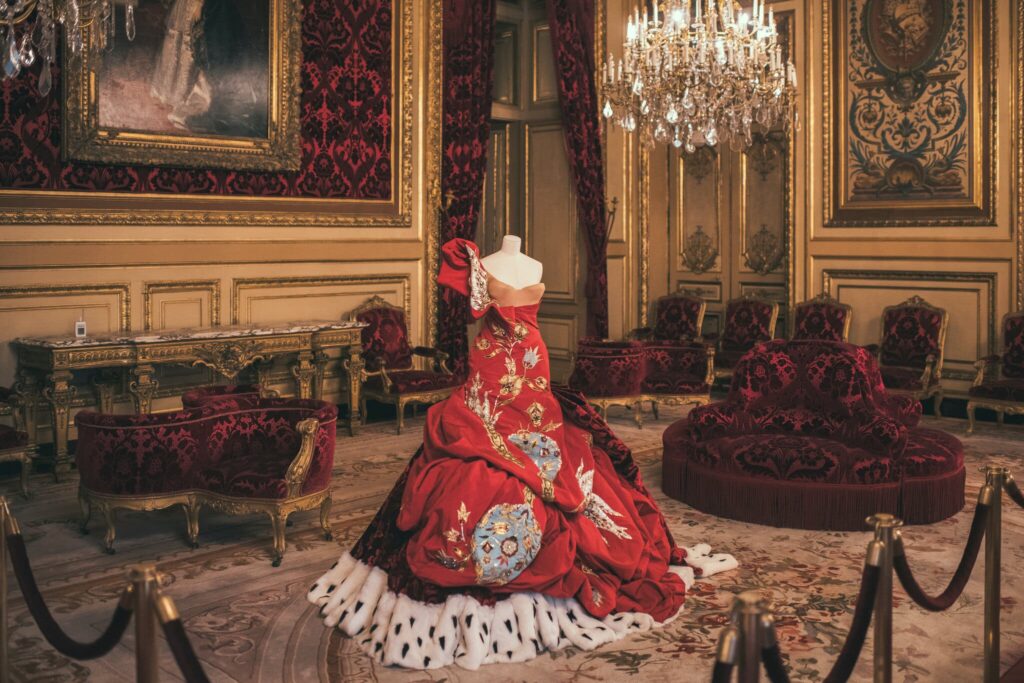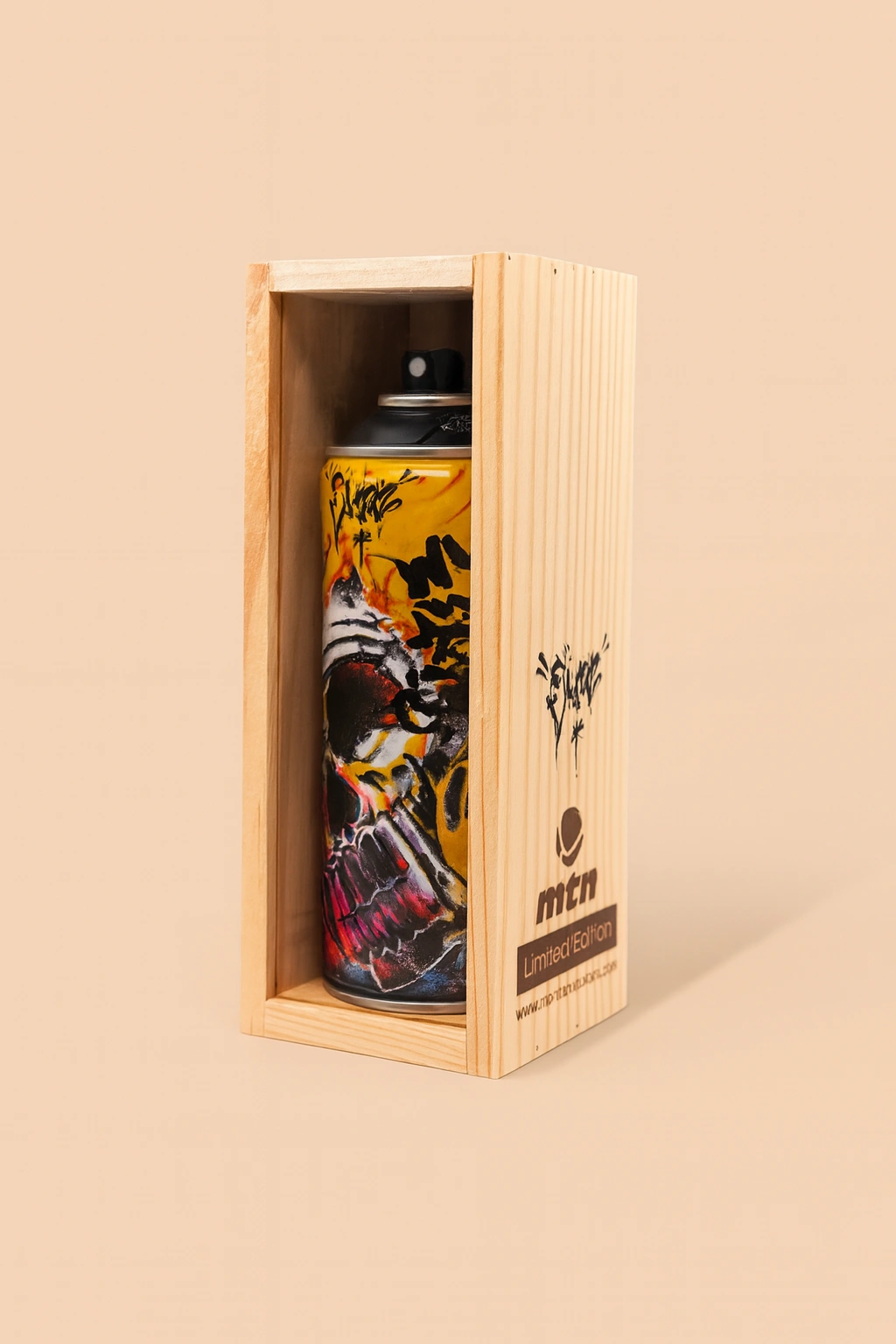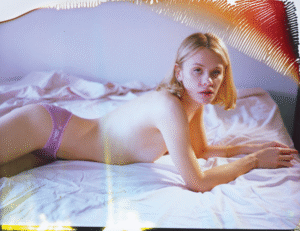In a groundbreaking blend of art and fashion, the Louvre Museum in Paris has stepped beyond its classical confines to host an extraordinary haute couture exhibition, titled Louvre Couture. Running from January 24 to July 21, 2025, this event marks the first time the world’s most-visited museum has opened its historic halls to high fashion, blending the artistry of couture with its extensive collection of antiquities. This innovative initiative underscores the evolving relationship between fashion and art, positioning the Louvre as a contemporary hub for creative dialogue.
A Historic First: Fashion Meets Fine Art
For centuries, the Louvre has been synonymous with classical art, housing masterpieces such as Leonardo da Vinci’s Mona Lisa and the Venus de Milo. However, with the debut of Louvre Couture, the museum embraces a more modern narrative—one that acknowledges fashion as an integral component of cultural expression.
Curated by Olivier Gabet, the director of the Louvre’s Decorative Arts department, the exhibition showcases 100 garments and accessories from 45 of the world’s most renowned fashion houses. Among them are pieces from Chanel, Saint Laurent, Dior, Givenchy, and Alexander McQueen, each displayed alongside historical artifacts from ancient civilizations to France’s Second Empire.
Notable pieces include a 2006 silk ball gown by John Galliano for Dior and Alexander McQueen’s iconic 2011 “Armadillo” platform shoes. These striking creations, placed alongside centuries-old artifacts, offer visitors a chance to explore the evolving dialogue between fashion and fine art.
The Intersection of Couture and History
The Louvre’s decision to host a fashion exhibition is not merely a superficial nod to contemporary trends; it’s a reflection of the deep-rooted relationship between fashion and artistic heritage. From the draped garments of ancient Greece to the ornate embroidery of the French Renaissance, clothing has always been a powerful medium of cultural expression.
By juxtaposing haute couture pieces with historical art objects, Louvre Couture allows visitors to witness firsthand how fashion has drawn inspiration from history. The exhibit highlights:
•Shared design elements: The flowing silhouettes of ancient sculptures reflected in modern gown drapery.
•Artistic craftsmanship: The detailed embroidery on 18th-century garments influencing contemporary haute couture.
•Symbolism and storytelling: How historical clothing conveyed status and identity, just as modern fashion does today.
Through this unique display, the exhibition encourages viewers to appreciate fashion not just as apparel, but as an evolving form of visual art that continues to shape and be shaped by culture.
A New Era for Fashion Museums
The Louvre’s fashion foray reflects a broader trend within the museum world—one that recognizes fashion as a legitimate form of art worthy of display in the same halls as timeless sculptures and paintings. Over the past decade, major institutions such as the Metropolitan Museum of Art in New York and the Victoria & Albert Museum in London have embraced the growing interest in fashion exhibitions.
With blockbuster exhibits such as the Met’s Heavenly Bodies: Fashion and the Catholic Imagination and the V&A’s Christian Dior: Designer of Dreams, it’s clear that the line between fine art and fashion is becoming increasingly blurred. Louvre Couture takes this idea a step further, positioning fashion alongside historical masterpieces, rather than in separate designated spaces.
This initiative highlights the Louvre’s commitment to engaging contemporary audiences by showcasing evolving art forms that resonate with modern tastes. It also reinforces Paris’s influence as a global fashion capital, further cementing its reputation as the epicenter of haute couture.
Key Themes of the Exhibition
Louvre Couture explores several overarching themes that connect the worlds of art and fashion. Some of the key thematic focuses include:
The Influence of Antiquity on Modern Design
Ancient civilizations have long inspired contemporary fashion designers, from Greco-Roman drapery to Egyptian motifs. The exhibit showcases how these influences have manifested in modern couture collections, demonstrating that ancient aesthetics continue to shape modern design.
The Evolution of Couture Craftsmanship
Just as Renaissance painters mastered their brushstrokes, haute couture designers refine their techniques through intricate stitching, embroidery, and fabric manipulation. This section highlights the skill and artistry involved in crafting couture garments that stand the test of time.
Fashion as a Form of Identity and Power
Throughout history, clothing has been used to signify status, wealth, and cultural identity. From regal robes to modern runway pieces, Louvre Couture examines how garments have long been used to convey social and political messages.
Sustainability and Preservation in Fashion
Fashion today faces the challenge of balancing artistic vision with sustainability. The exhibition delves into how designers are exploring eco-friendly practices while preserving traditional craftsmanship.
Behind the Scenes: Bringing Fashion to the Louvre
Curating an exhibition of this magnitude required collaboration between fashion houses, historians, and museum experts. The placement of garments was carefully considered to ensure a meaningful dialogue between couture and antiquities. Special lighting and display cases were designed to protect delicate fabrics while preserving the grandeur of the historic Louvre setting.
According to curator Olivier Gabet, the goal was to “create a seamless conversation between the past and present, highlighting the timeless artistry inherent in both fields.” Designers, too, expressed their enthusiasm, with Dior’s creative director Maria Grazia Chiuri stating that seeing their work displayed at the Louvre was “a true recognition of fashion’s artistic significance.”
Public Reception and Cultural Impact
Since opening, Louvre Couture has attracted an overwhelming response from both art and fashion enthusiasts alike. Social media platforms have been flooded with images and discussions, with visitors praising the exhibition’s innovative approach to storytelling.
Fashion critics have lauded the exhibition for “elevating fashion to its rightful place within the art world,” while others have expressed hope that it will pave the way for more collaborations between museums and the fashion industry.
For tourists and Parisians alike, the exhibition offers a fresh perspective on the Louvre, enticing younger audiences who may not typically engage with traditional art exhibits. The museum expects the exhibition to draw record-breaking numbers, further solidifying the appeal of fashion as an art form.
Fashion Shows at the Louvre: A Growing Trend
While Louvre Couture marks the first dedicated haute couture exhibition within the museum, it’s not the first time fashion and the Louvre have intersected. Luxury brands such as Louis Vuitton and Saint Laurent have previously staged runway shows within the museum’s courtyards, blending the grandeur of the Louvre’s architecture with cutting-edge contemporary fashion.
These events showcase the growing symbiotic relationship between heritage institutions and luxury brands, each benefiting from the other’s prestige and global reach.
Fashion’s Place in the Louvre’s Legacy
With Louvre Couture, the museum takes a bold step toward embracing fashion as a vital cultural artifact, acknowledging its role in shaping artistic expression across centuries. By positioning haute couture alongside some of the world’s most treasured artworks, the exhibition reaffirms the idea that fashion is art.
As the exhibition continues to captivate audiences, it challenges the notion of what belongs within the hallowed halls of the Louvre. Whether you’re a fashion enthusiast, an art lover, or simply curious about the evolving world of creativity, Louvre Couture is a must-see event that invites visitors to explore the rich interplay between history and style.
Key Details:
•Exhibition Title: Louvre Couture
•Dates: January 24 – July 21, 2025
•Location: Louvre Museum, Paris
•Highlights: Pieces from Chanel, Dior, and Alexander McQueen juxtaposed with historical artifacts
Forget the Mona Lisa—this season, fashion is taking center stage at the Louvre.
No comments yet.








